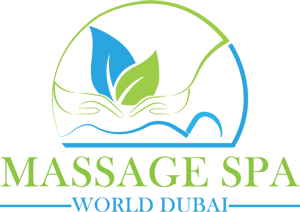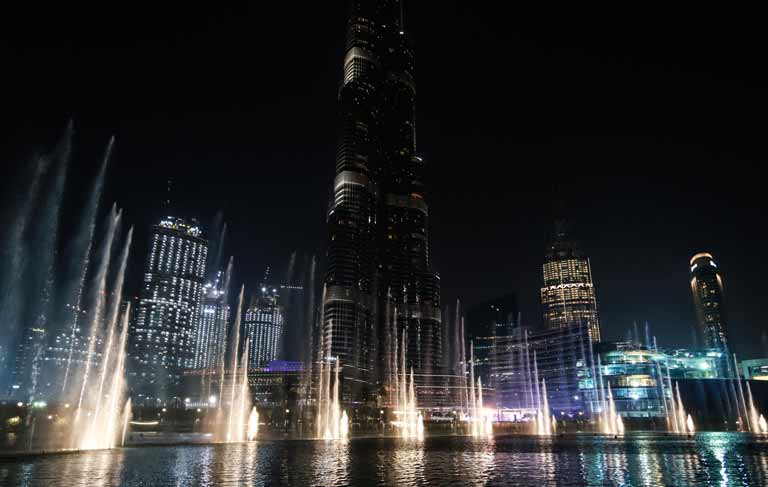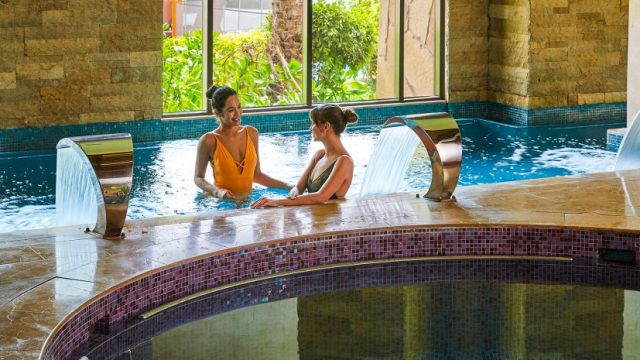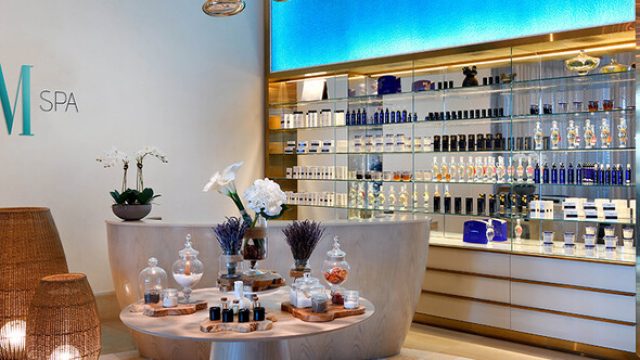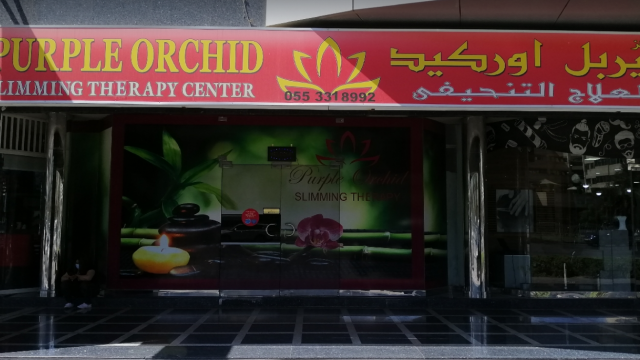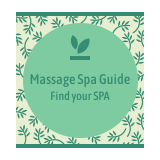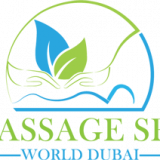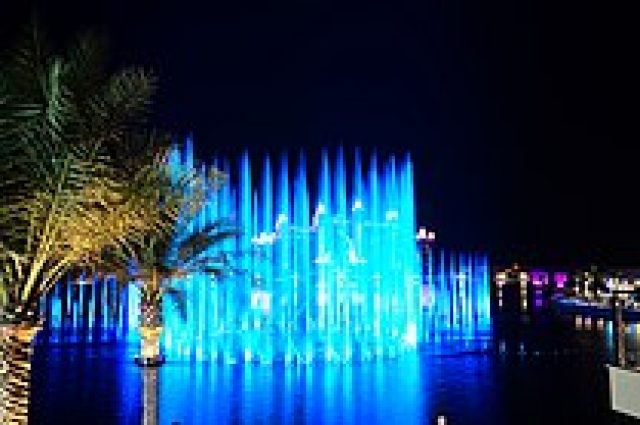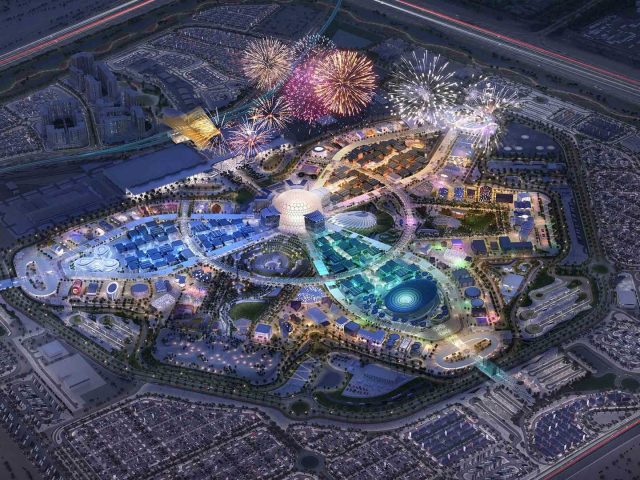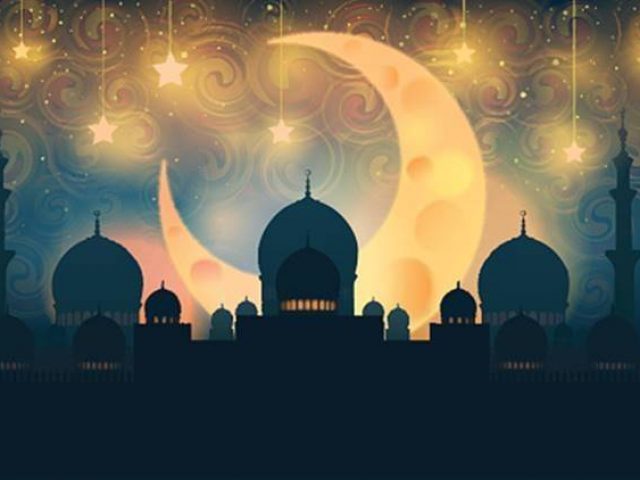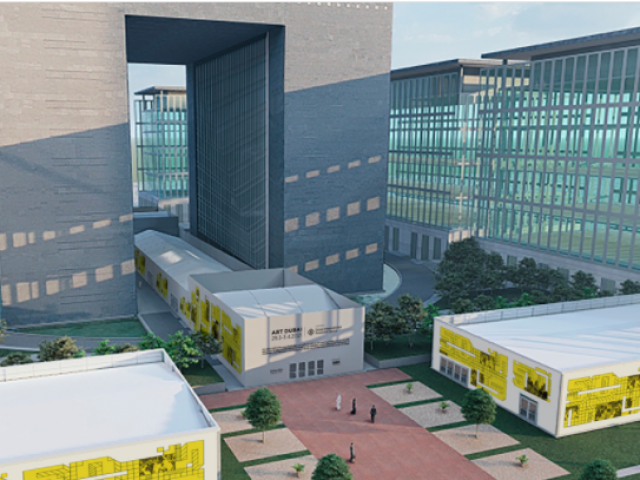Explore Dubai’s Massage & Spa places with Us
Morbi eu pellentesque nunc, nec molestie lectus. Suspendisse et vulputate orci. Morbi at ligula enim. Cras viverra auctor orci ac eleifend. In hac habitasse platea dictumst. Sed viverra odio quis elit rhoncus porta. Vivamus varius, nisi ac porttitor rutrum, augue sapien commodo turpis, eget molestie nibh purus sed arcu. Praesent viverra sollicitudin elit.
